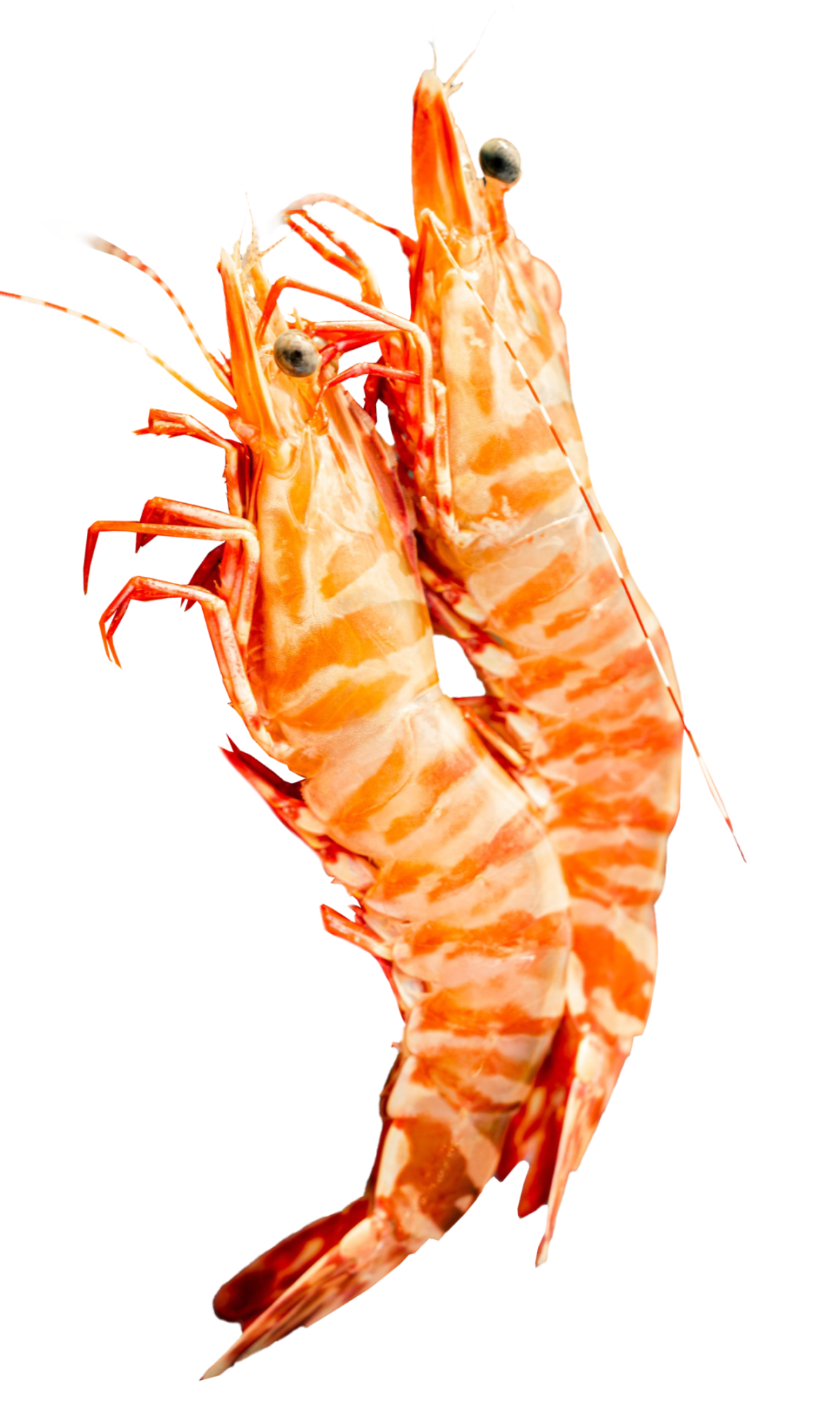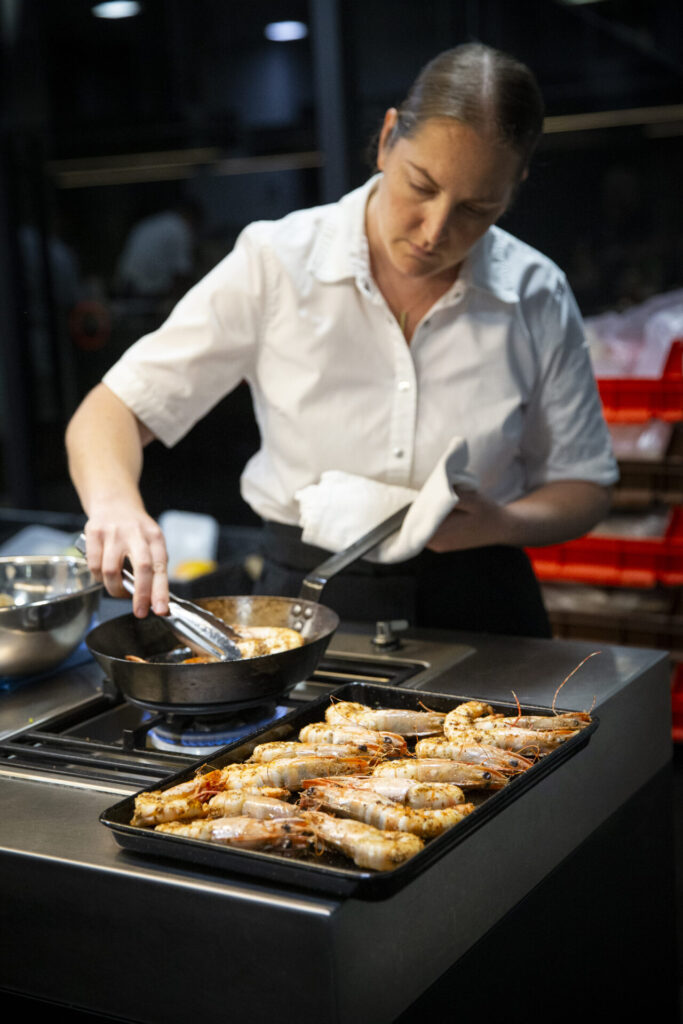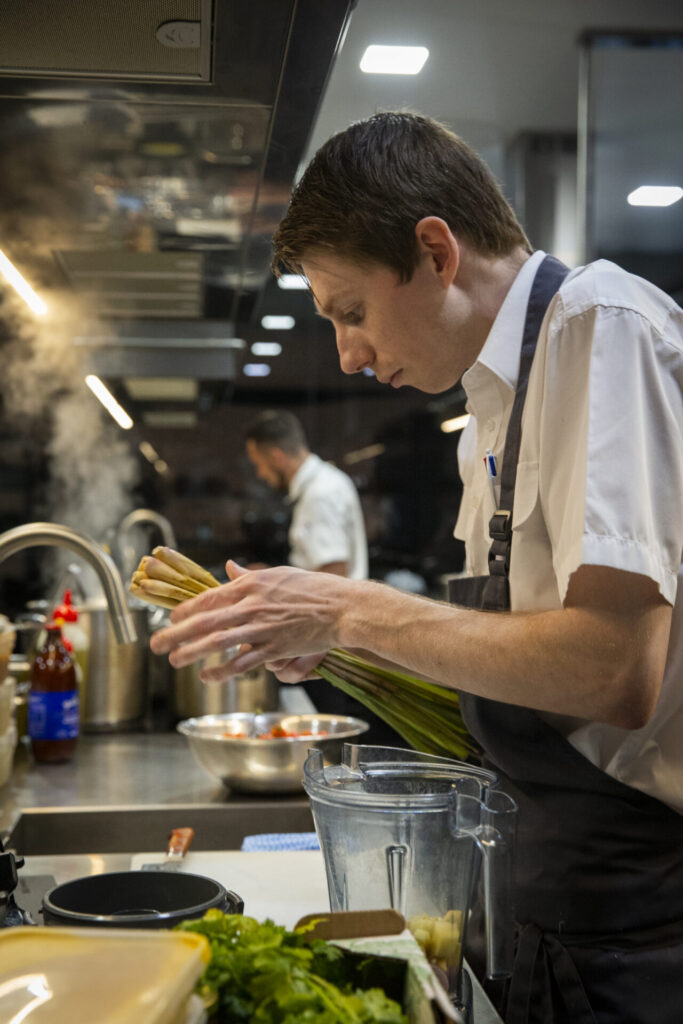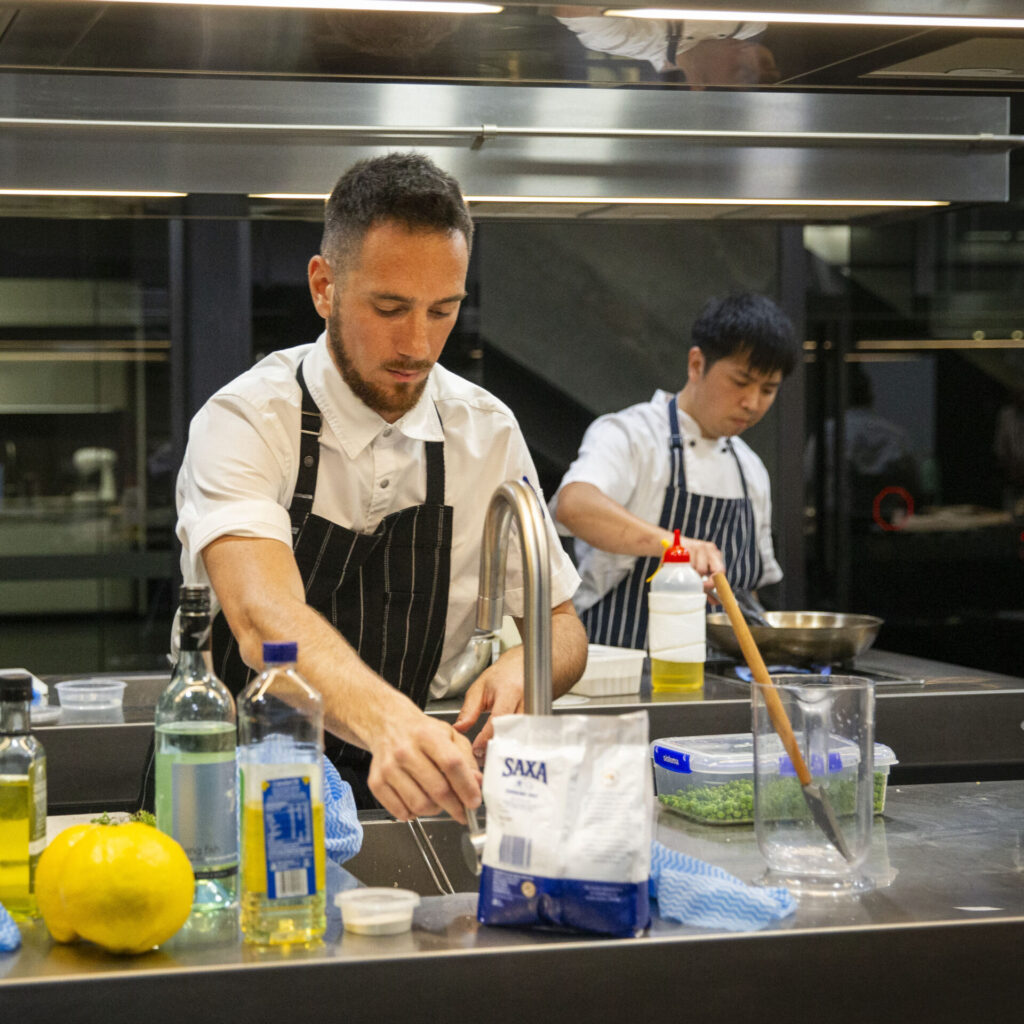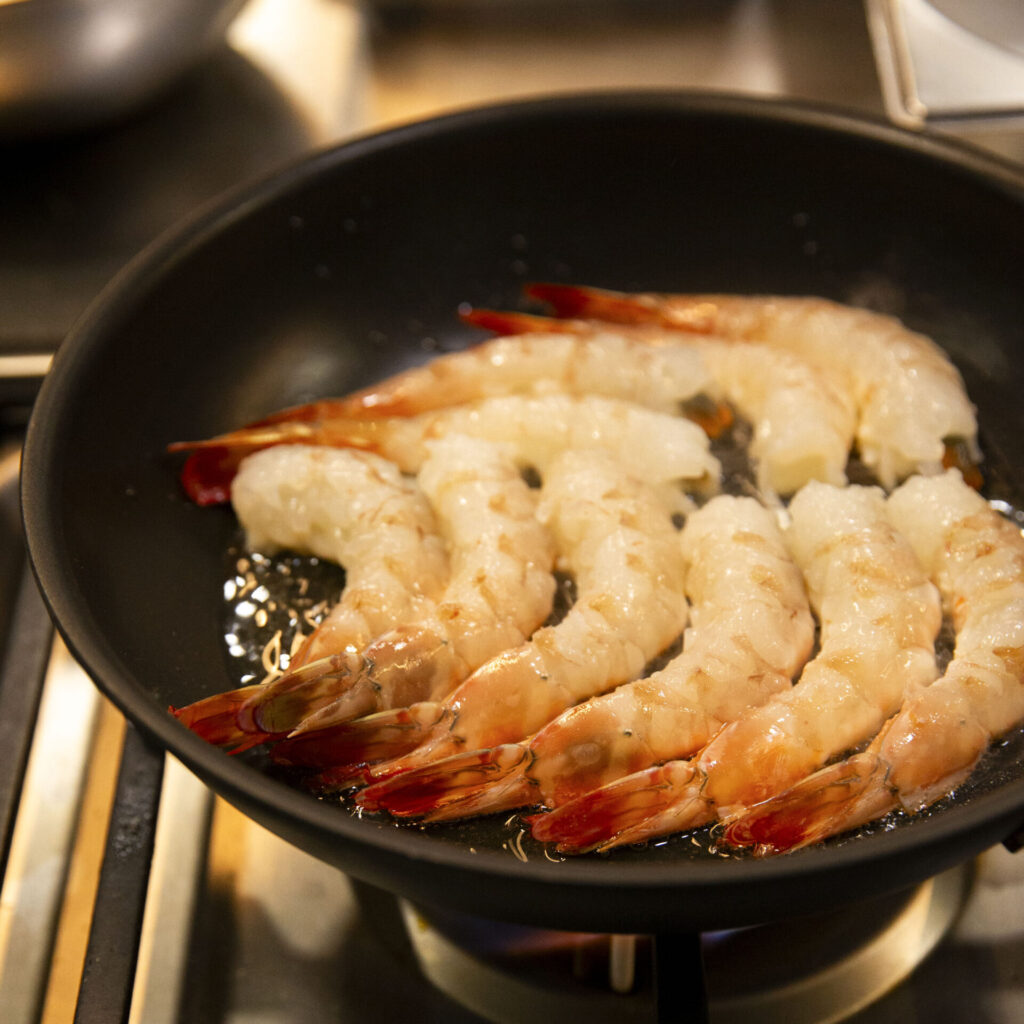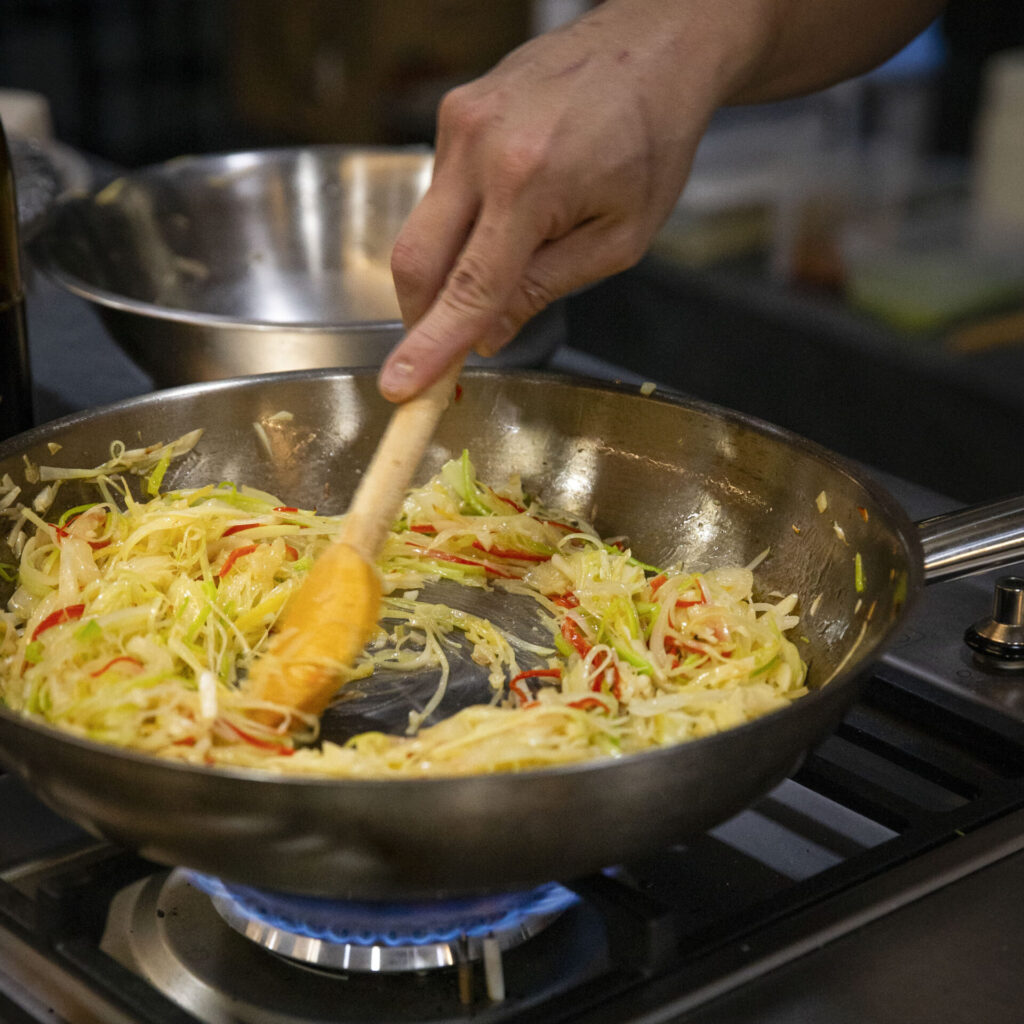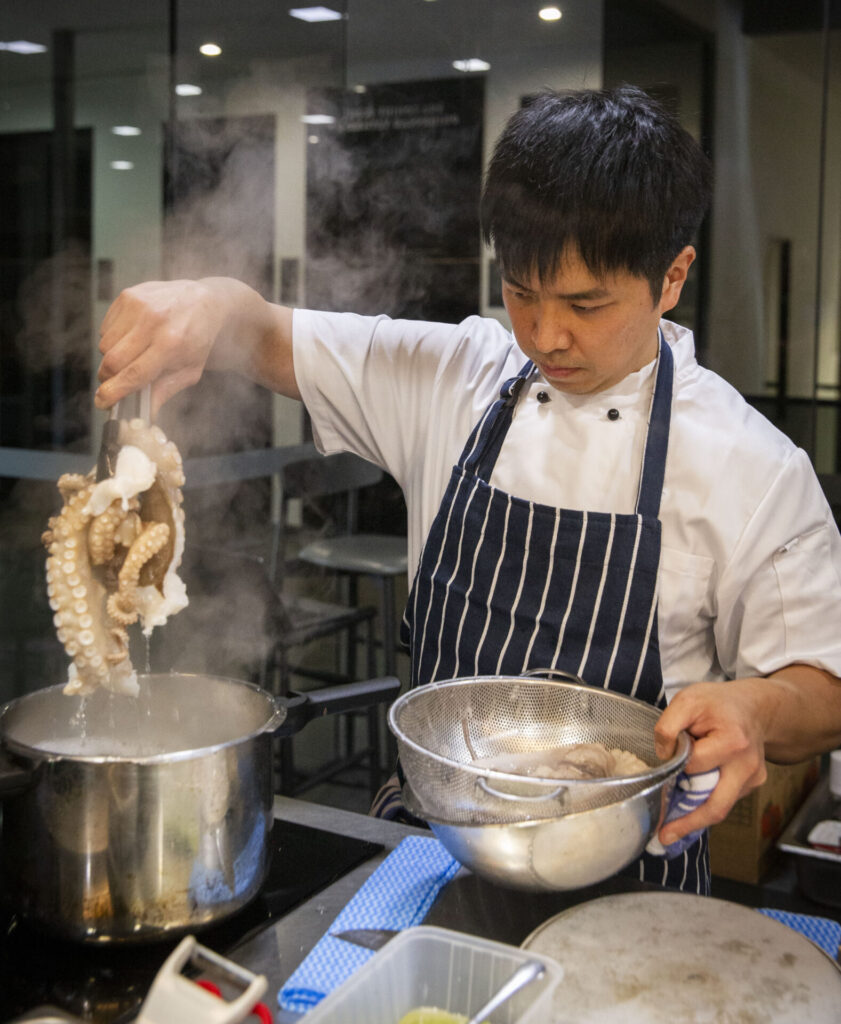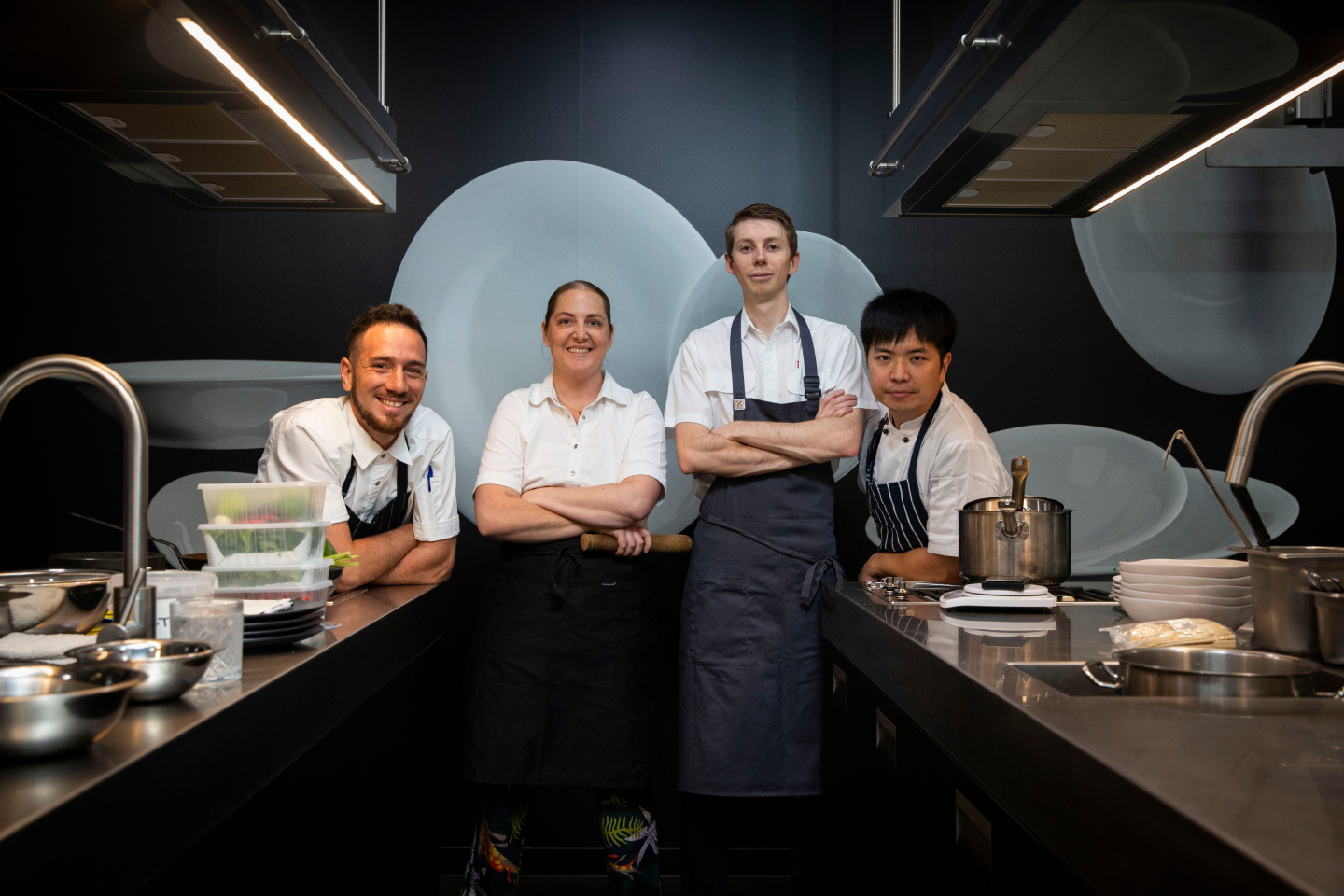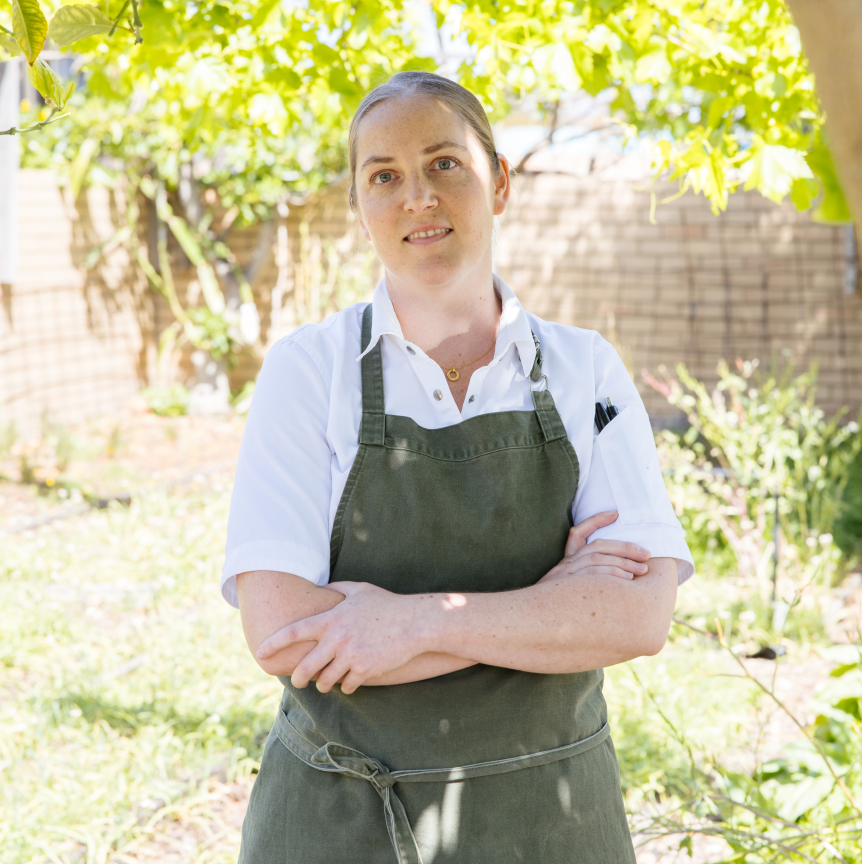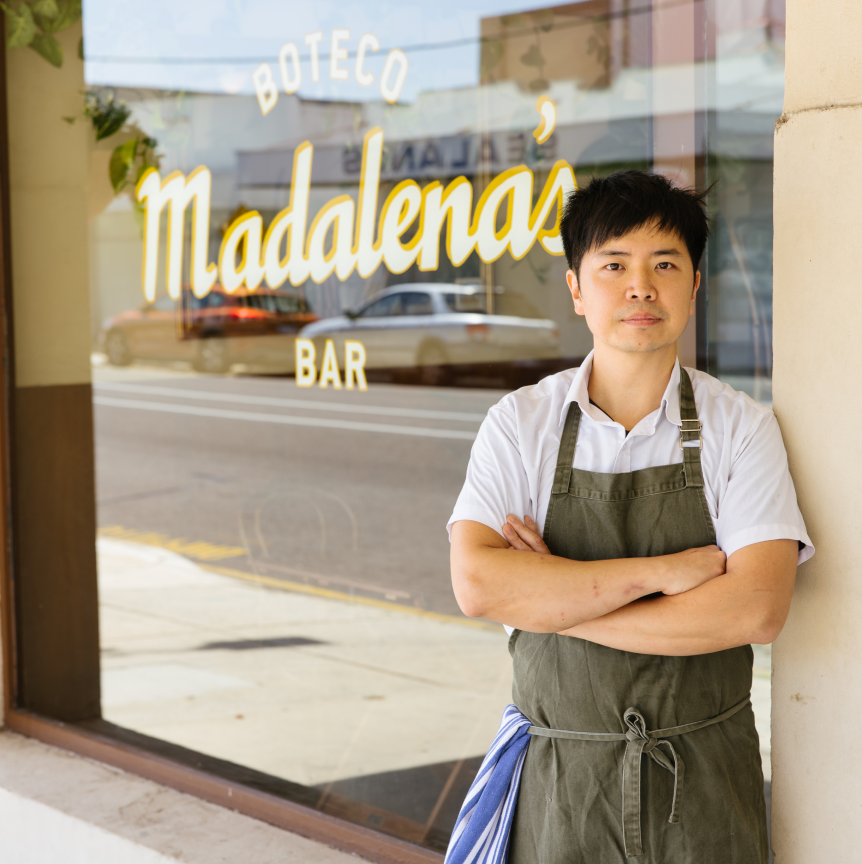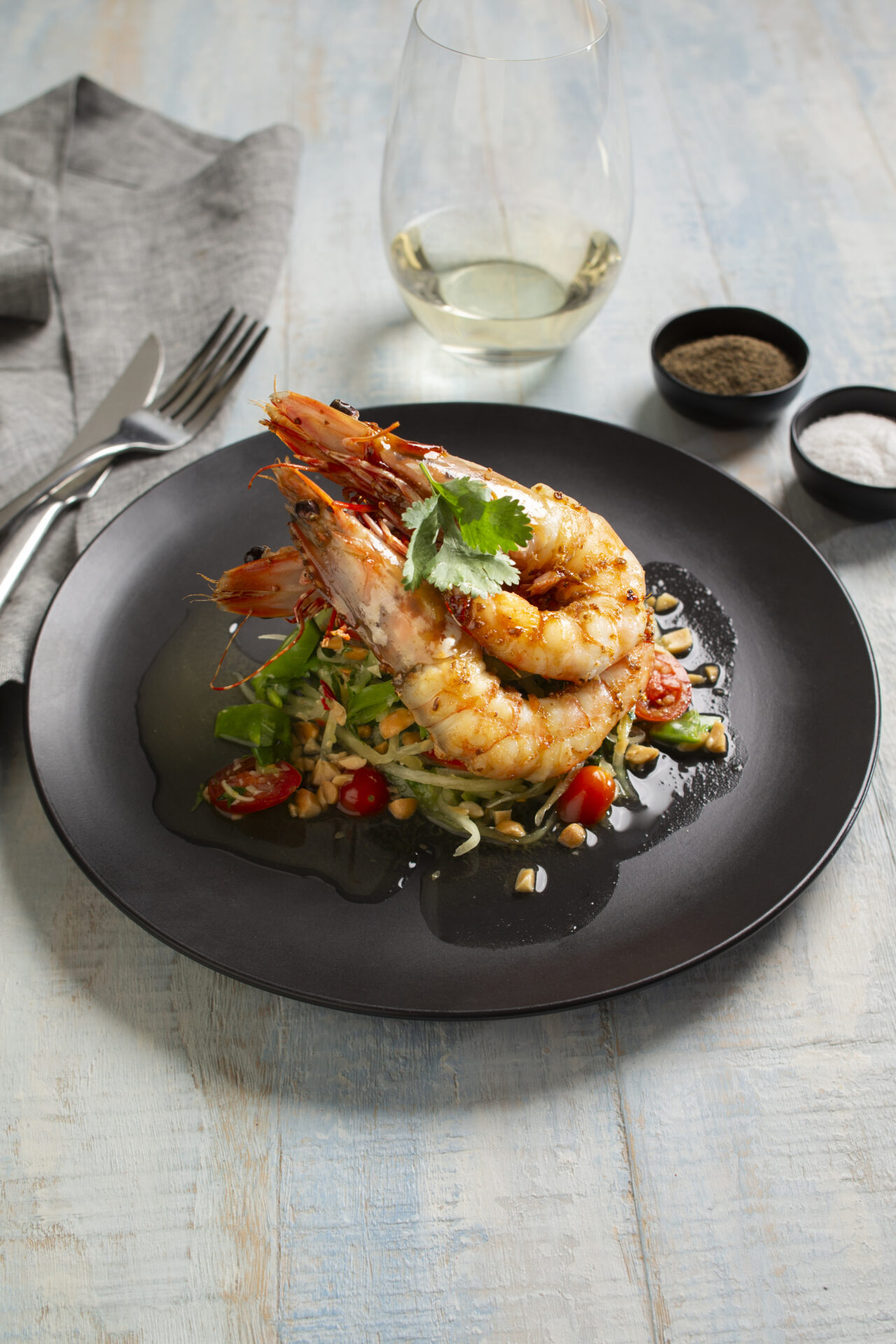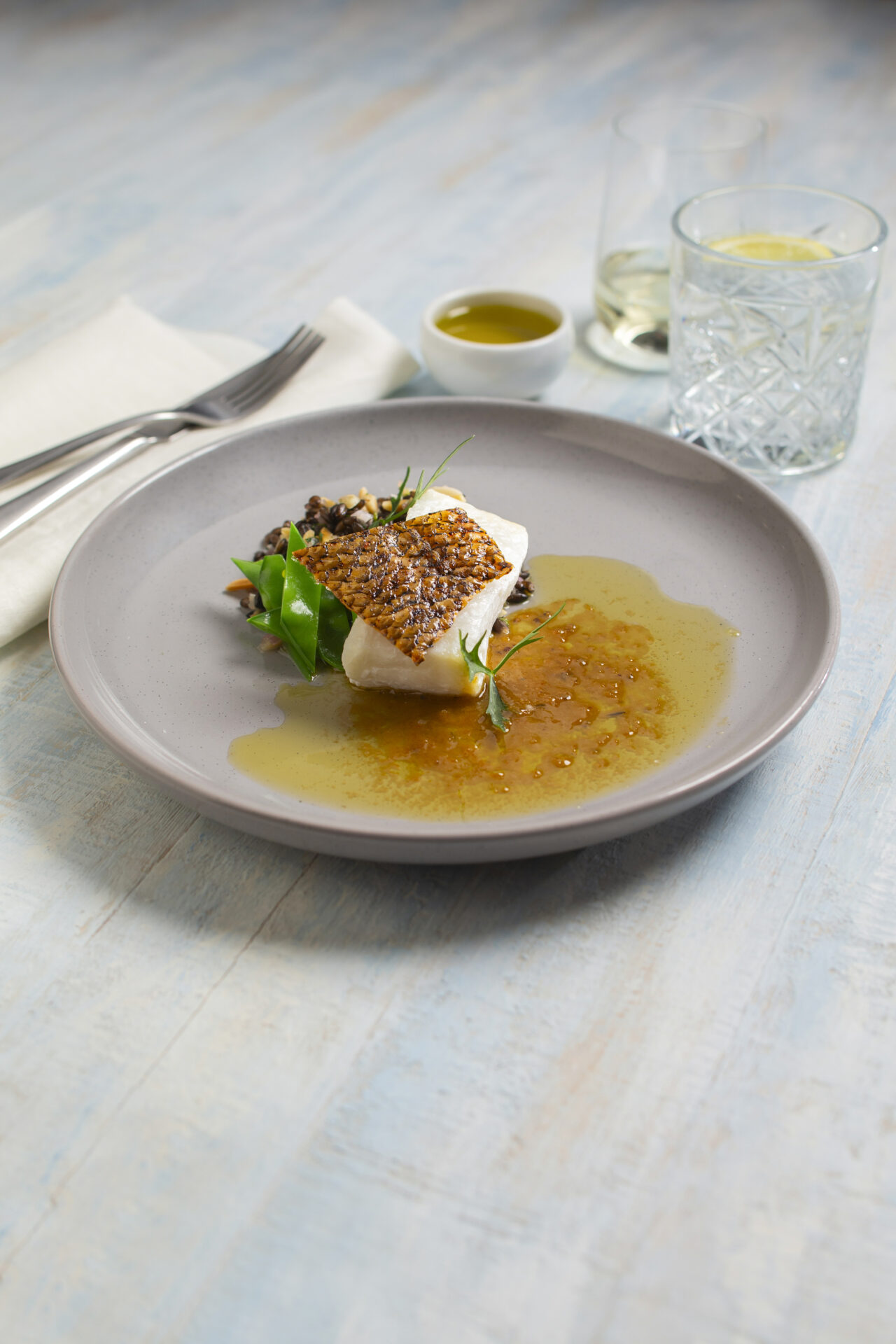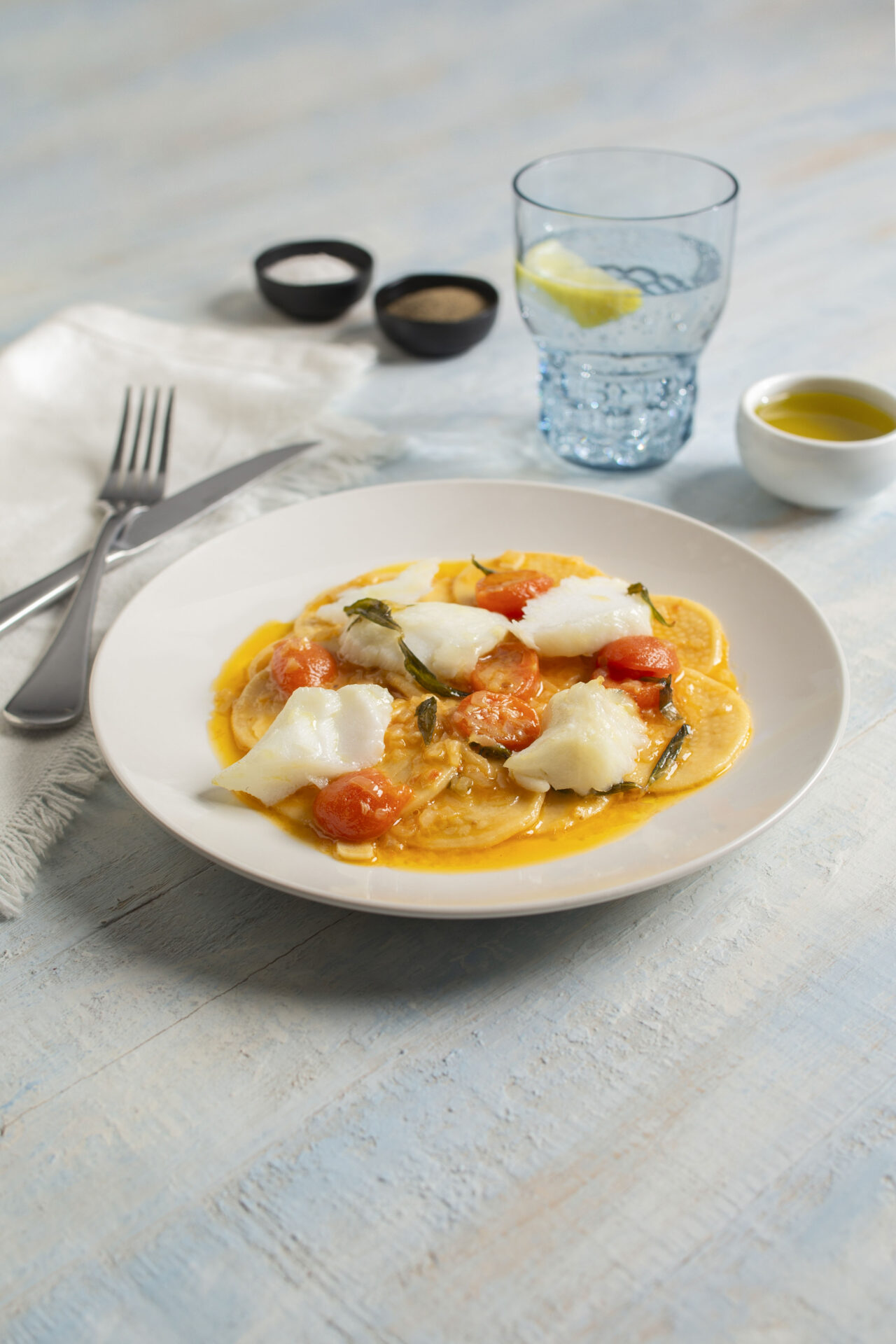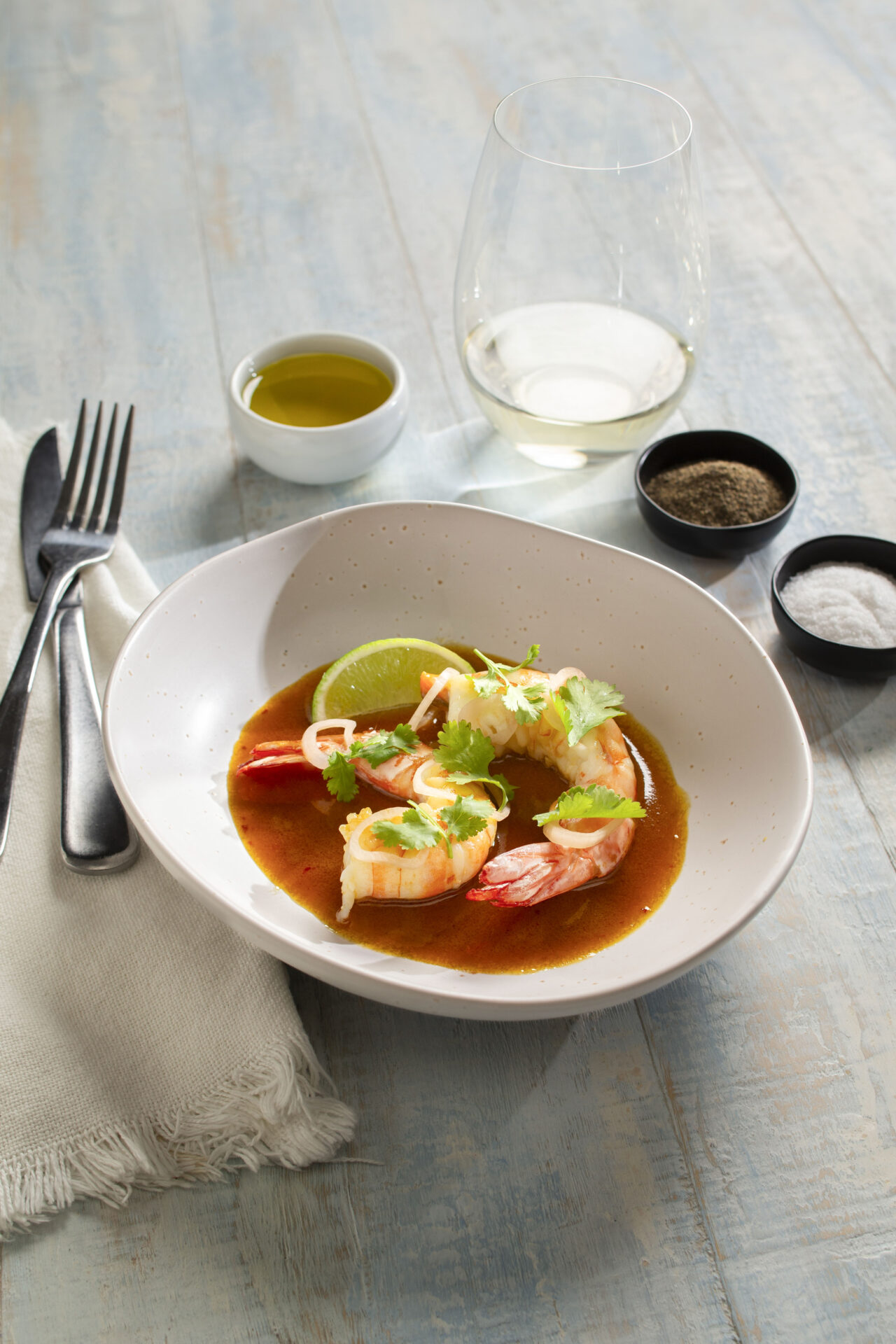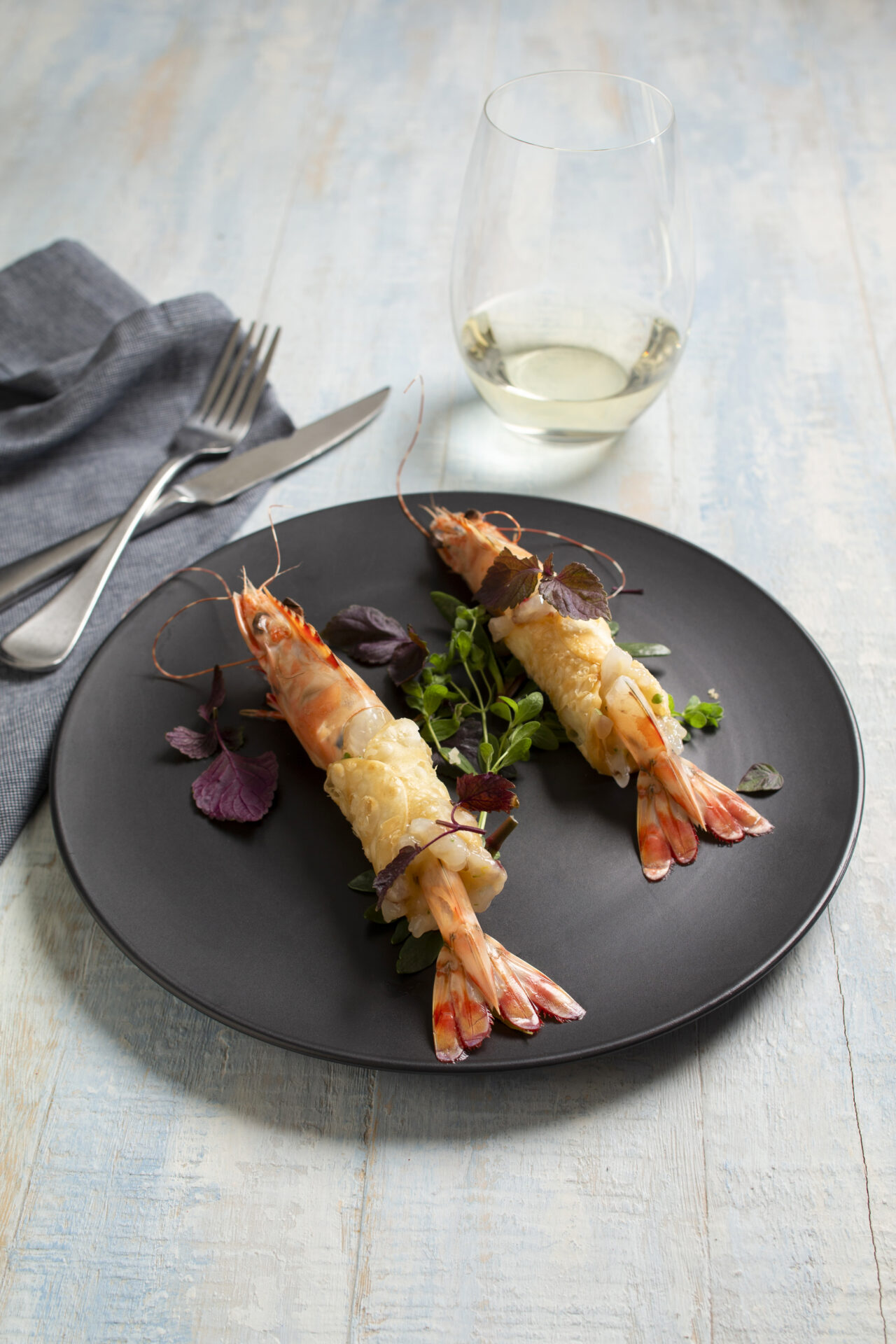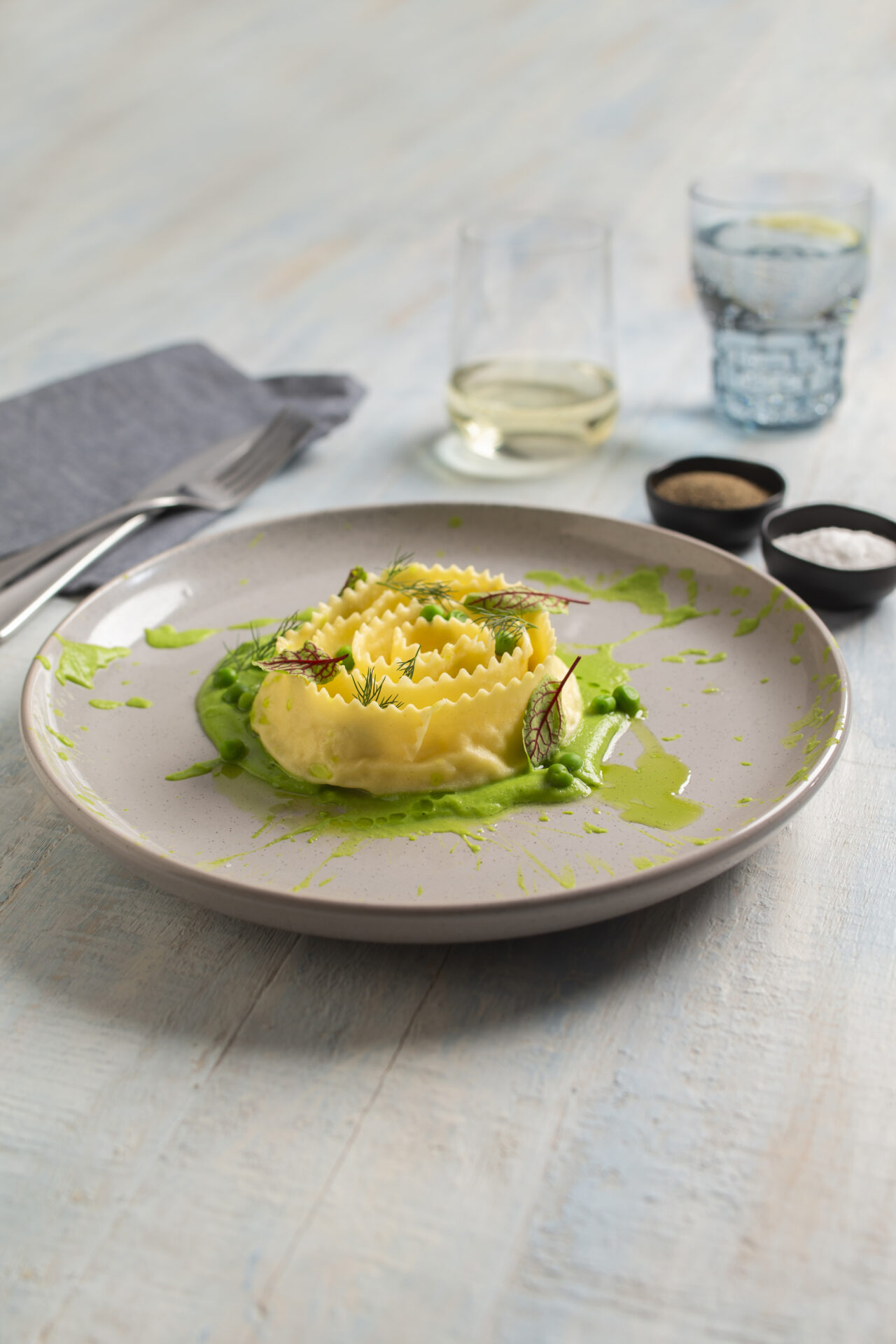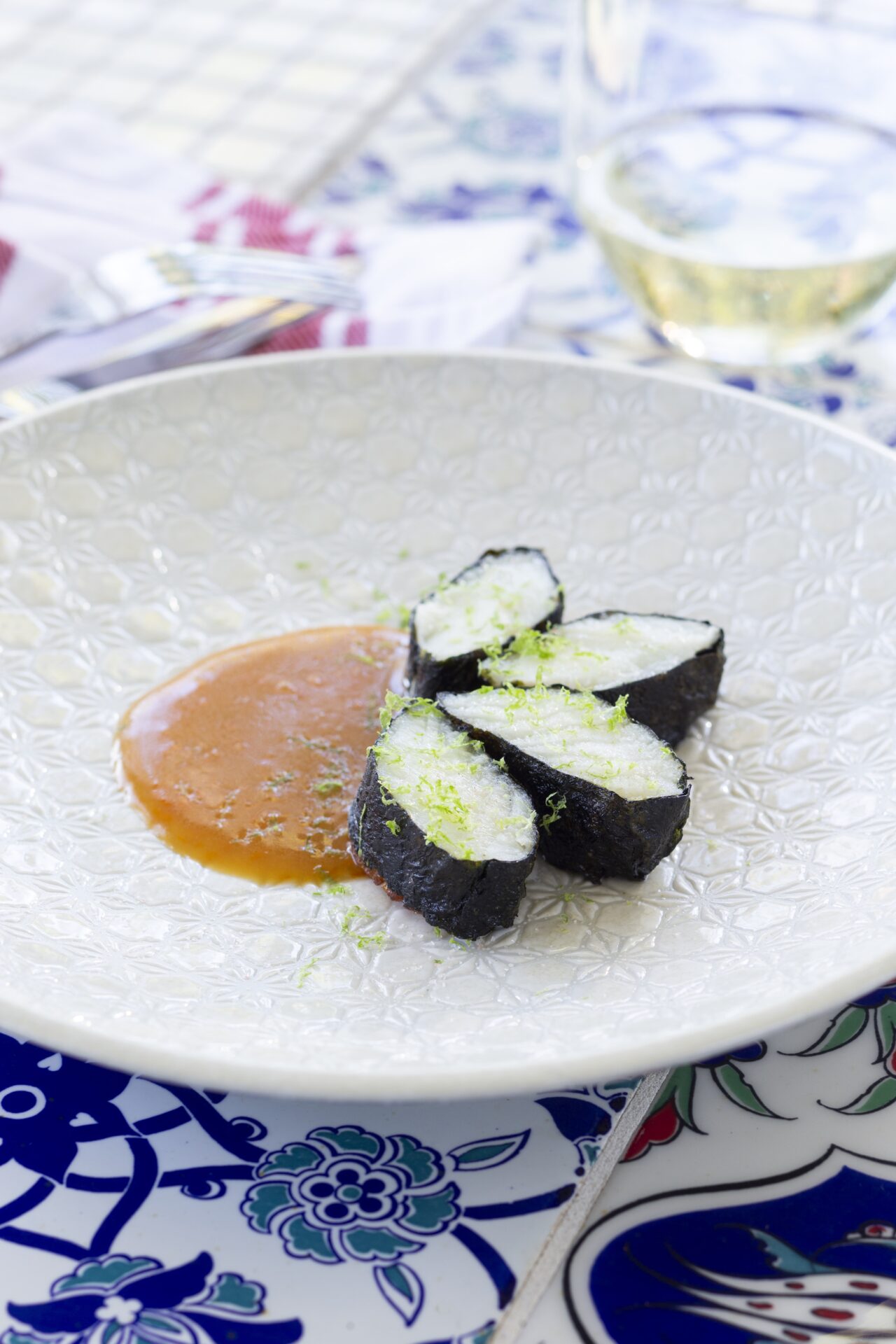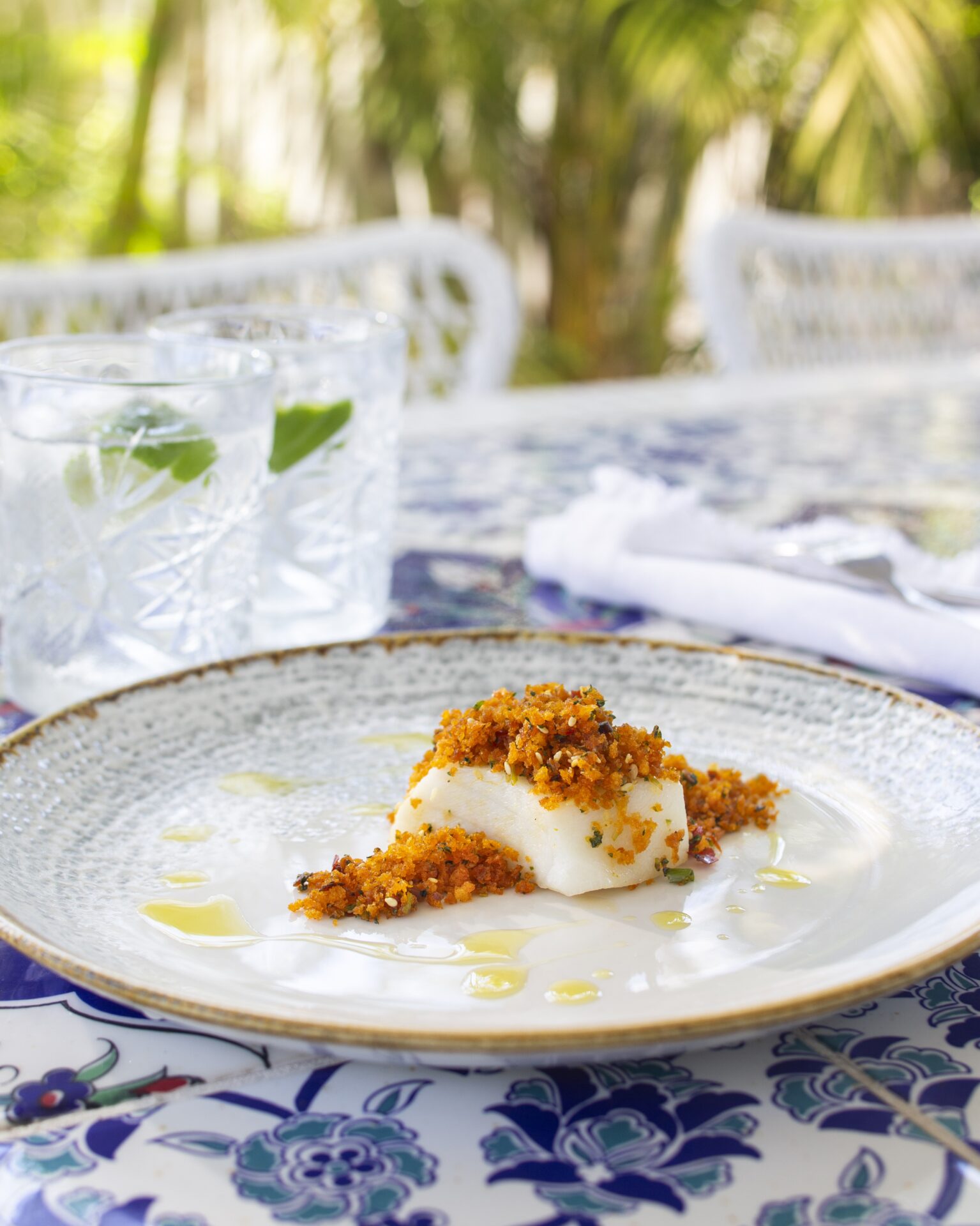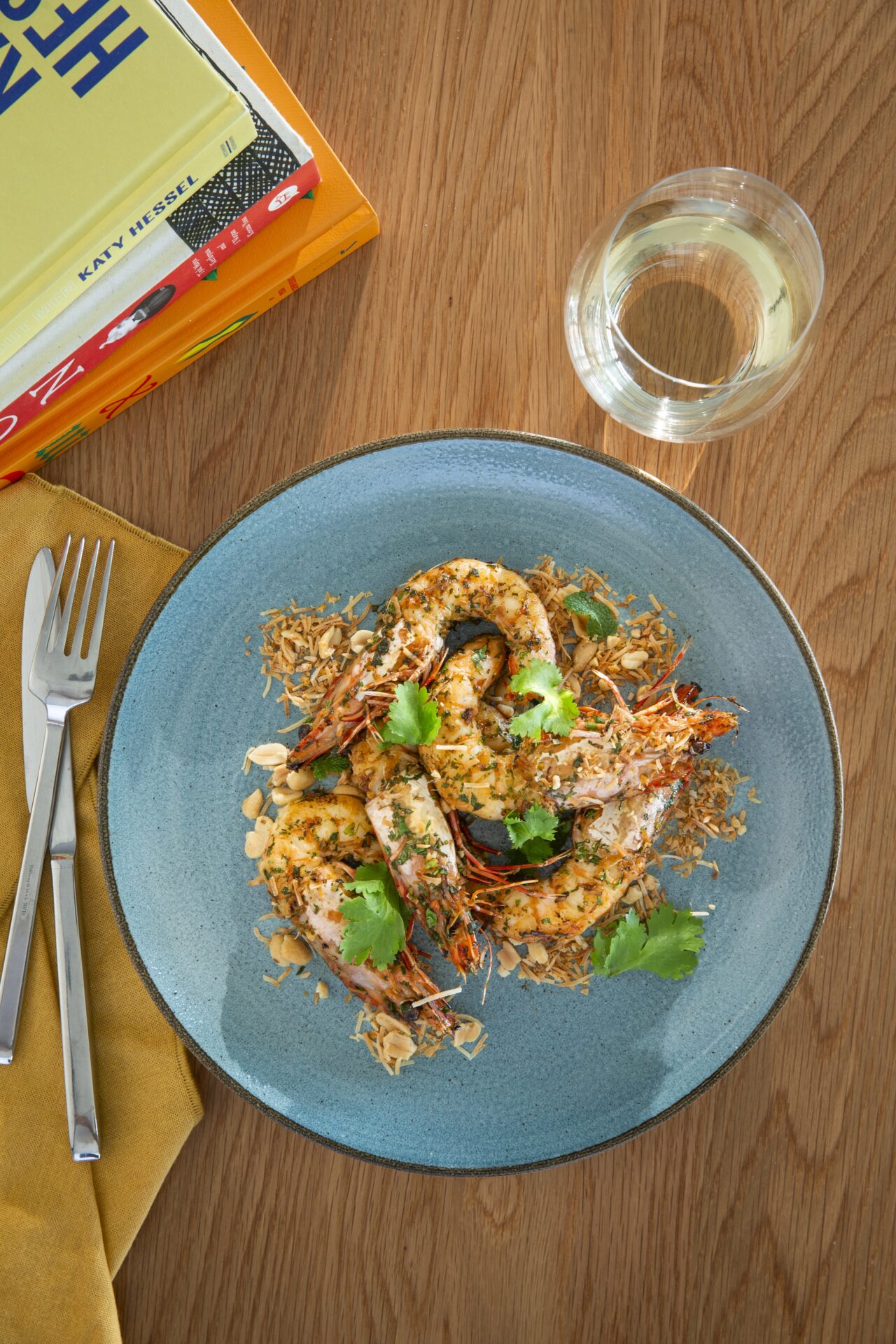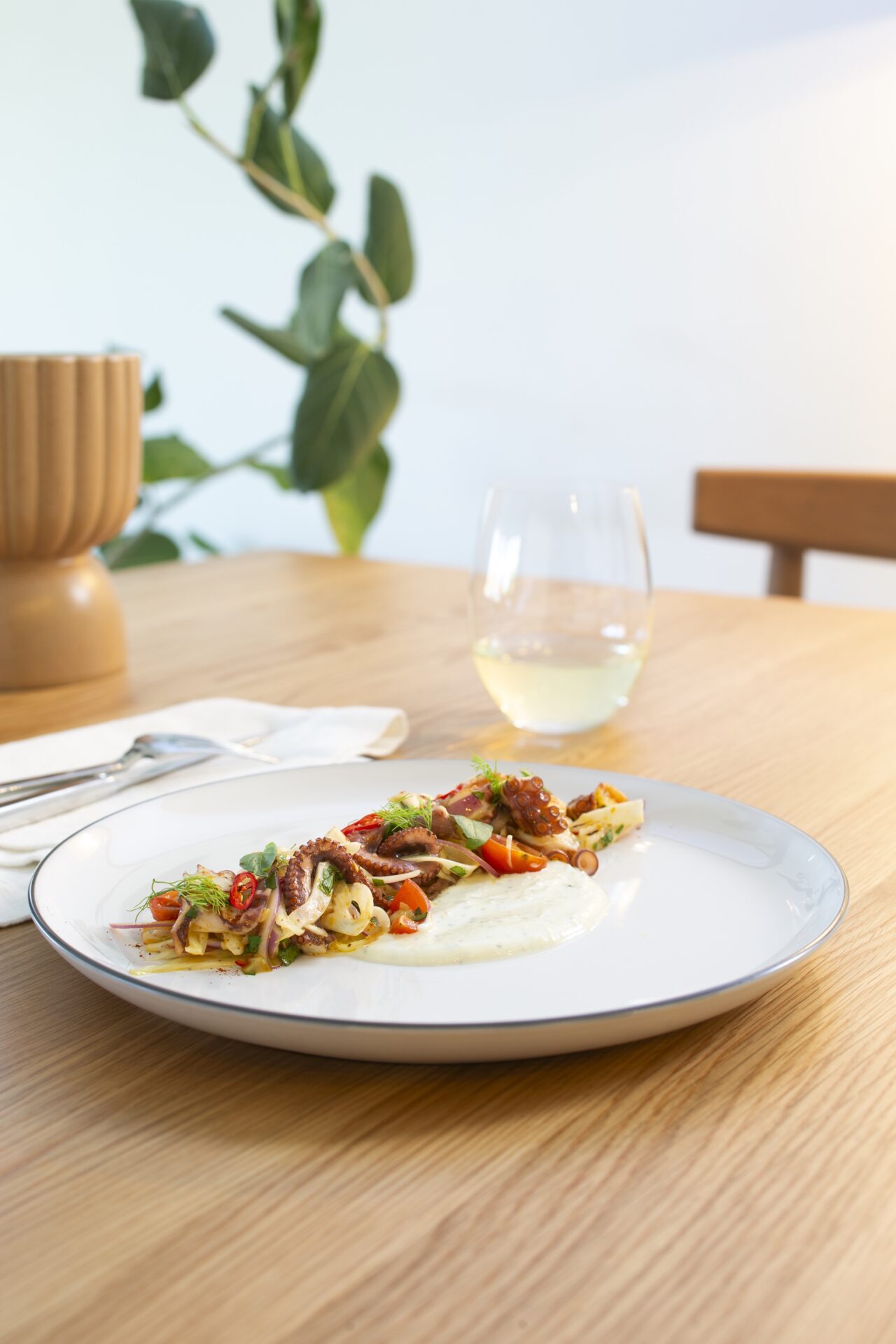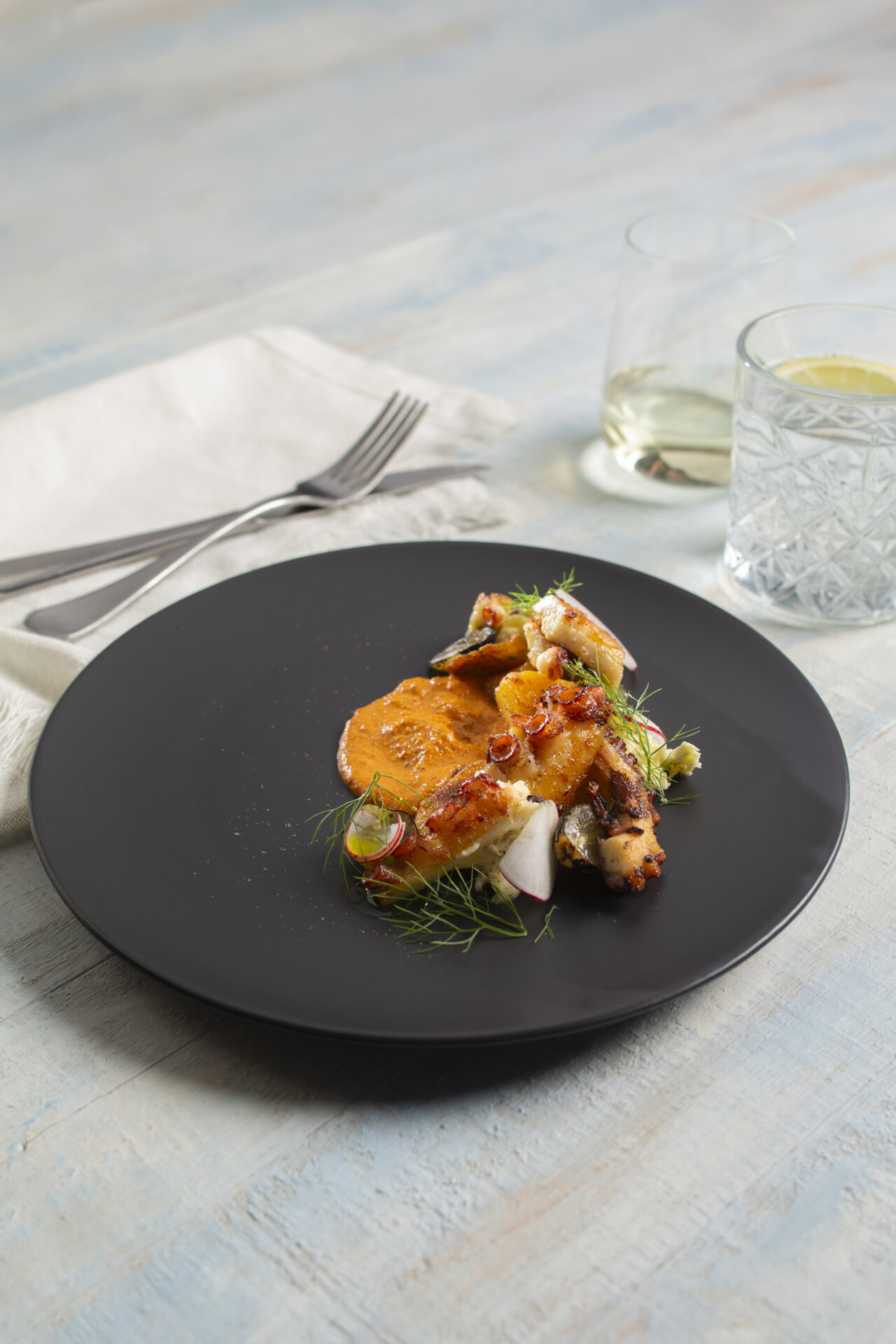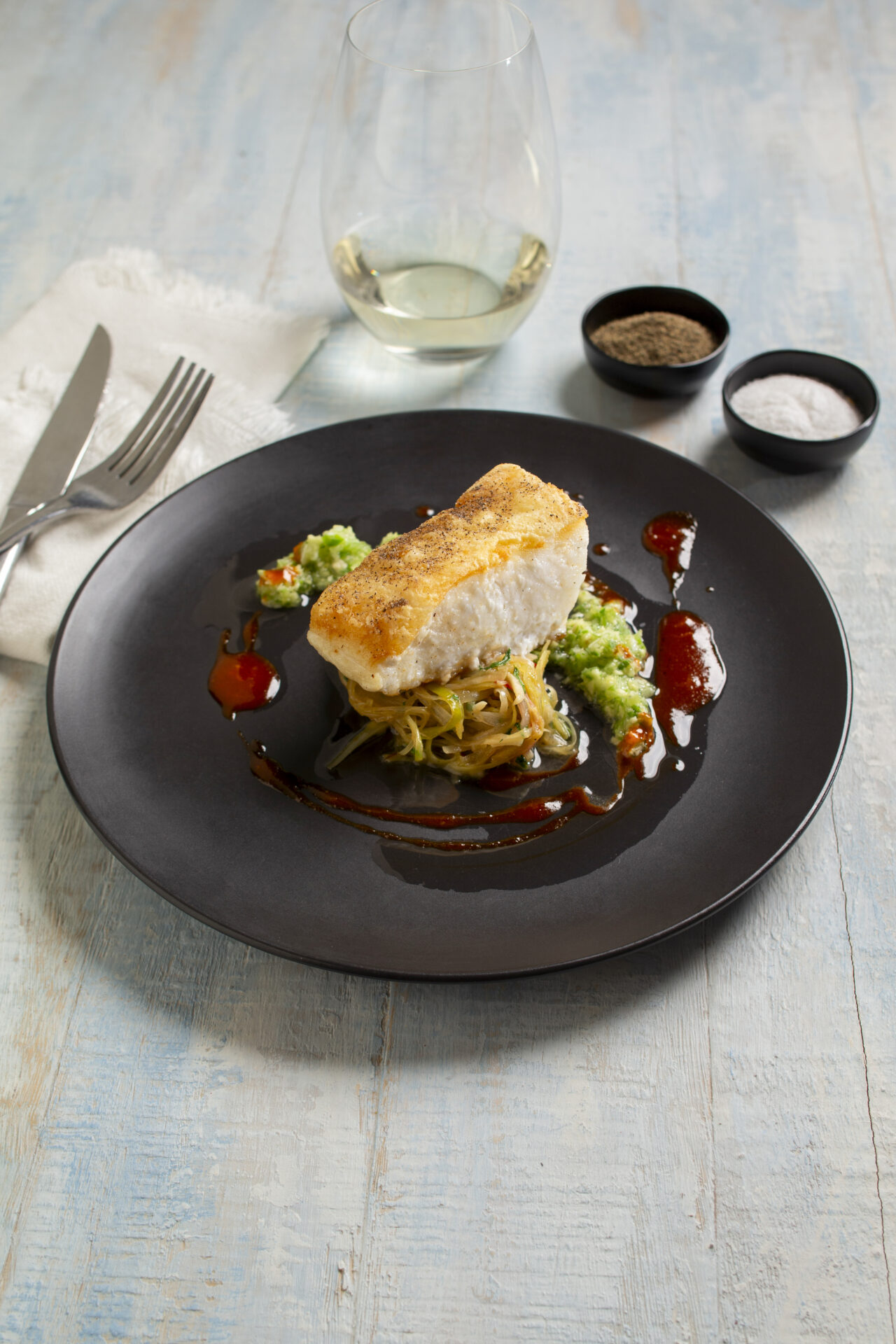Amelia Bell shares her recipe for a refreshing summer salad that puts Skull Island Tiger Prawns in the spotlight.
Serves 4
½ tablespoon white peppercorns
2 tablespoons coriander seeds
1 tablespoon cumin seeds
12 Skull Island Tiger Prawns
6 cups (540g) shredded (use a julienne peeler if you have one) green papaya (or green mango)
2 Lebanese cucumbers, halved, seeds removed, shredded
1 cup (150g) cherry tomatoes, halved
½ cup (50g) thinly sliced snow peas
4 sprigs native thyme (or Thai basil), leaves picked
½ cup (10g) mint leaves, torn
1 cup (30g) coriander leaves, torn, plus extra to serve
½ cup (70g) roasted salted peanuts, chopped, plus extra to serve
Vegetable oil, for drizzling
Dressing
1 lemongrass stalk (white part only), coarsely chopped
2 garlic cloves, coarsely chopped
1 birdseye chilli, finely chopped, plus extra to serve
Finely grated zest of 1 lime, juice of 2
4 makrut lime leaves, shredded
1 tablespoon grated palm sugar (or honey), to taste
1½ tablespoons fish sauce
1 tablespoon rice wine vinegar
2 tablespoons roasted sesame oil
Honey glaze
¾ cup (260g) honey
1 birdseye chilli, halved
2 native thyme sprigs (or Thai basil)
Finely grated zest and juice of 1 lime
Dry-roast the spices in a frying pan until fragrant. Allow to cool briefly, then grind finely in a spice grinder or with a mortar and pestle. Transfer to a bowl, reserving 1 teaspoon for honey glaze.
If the prawns are still snap-frozen, dissolve 2 tablespoons salt in 1 litre (4 cups) water, then submerge the prawns in the brine until defrosted (this will help retain the flavour). Peel the prawns, keeping heads attached, and devein. Toss the prawns with the reserved spice mix and refrigerate until ready to cook.
For the dressing, pound the lemongrass, garlic, chilli, lime zest, makrut lime leaves with a mortar and pestle for a few minutes. Slowly add the lime juice, while grinding, to create a saucy paste. Mix in the palm sugar, fish sauce, vinegar, and sesame oil with a fork, then taste and balance the sweetness, saltiness and spice to suit your preference – it should make your tastebuds sing!
Soak the green papaya in iced water for 10 minutes, then drain thoroughly and place in a large bowl. Scrape the dressing into the bowl, then add the cucumber, cherry tomatoes and snowpeas. Massage together for a few minutes, then leave at room temperature until ready to plate. Just prior to serving, add the native thyme, mint, coriander and peanuts and adjust with extra salt if needed.
Meanwhile, for the glaze, combine the honey, chilli, native thyme, lime juice, zest and reserved spice mix in a small saucepan, bring to a simmer and cook until reduced by half, approximately 5 minutes (the glaze will become stickier once cooled, so be careful not to reduce it too much). Add a small pinch of salt, to taste, then cool to room temperature.
Heat a barbecue or char-grill pan to high heat, drizzle prawns with oil, then cook, turning halfway, until just cooked through, about 3–4 minutes. Remove from the heat and add to the honey glaze, tossing to coat.
Toss the papaya salad with the dressing, divide among plates, top with prawns and drizzle with extra honey glaze. Serve topped with extra coriander, peanuts and chilli.
